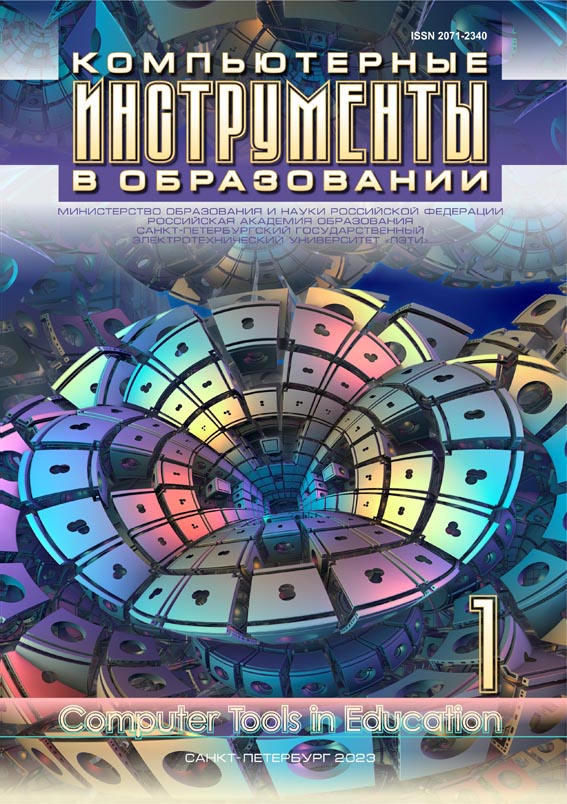Detection of Mechanisms for Unfair Increase of Scientometric Indexes
Abstract
The goal of the research is to detect groups of authors that increase their scientometric indexes through excessively frequent mutual citations. In a citation graph with vertices and edges representing authors and «author-cites-author» relations respectively, suspicious groups might be cliques that have few citations from other authors and, conversely, many internal citations. Metadata on scientific publications from the Crossref service was retrieved, filtered and reduced to an easy-to-process form, and then uploaded to the local MySQL database. After the data transfer phase the undirected citation graph and its connectivity components were extracted, the maximum cliques were found and their statistical characteristics were analyzed. The most suspicious collectives were detected using these characteristics. This method can be used to detect groups of authors who cite each other by agreement.
References
X. Bai, F. Xia, I. Lee, J. Zhang, and Z. Ning, “Identifying Anomalous Citations for Objective Evaluation of Scholarly Article Impact,” PLOS ONE, vol. 11, no. 9, p. e0162364, 2016; doi:10.1371/journal.pone.0162364
J. Chakraborty, D. Pradhan, H. S. Dutta, S. Nandi, and T. Chakraborty, “On Good and Bad Intentions behind Anomalous Citation Patterns among Journals in Computer Sciences,” in arXiv, 2018; doi:10.48550/ARXIV.1807.10804
T. Yu, G. Yu, Y. Song and M.-Y. Wang, “Toward the more effective identification of journals with anomalous self-citation,” Malaysian Journal of Library & Information Science, vol. 23, no. 2, pp. 25–46, 2018; doi:10.22452/mjlis.vol23no2.2
S. Kojaku, G. Livan, and N. Masuda, “Detecting anomalous citation groups in journal networks,” Scientific Reports, vol. 11, p. 14524, 2021; doi:10.1038/s41598-021-93572-3
J. Liu, F. Xia, X. Feng, J. Ren, and H. Liu, “Deep Graph Learning for Anomalous Citation Detection,” IEEE Transactions on Neural Networks and Learning Systems, vol. 33, no. 6, pp. 2543–2557, 2022; doi:10.1109/tnnls.2022.3145092
J. Kemp, “Free public data file of 112+ million Crossref records,” in Crossref.org, 2020. [Online]. Available: https://www.crossref.org/blog/free-public-data-file-of-112-million-crossref-records/28
C. Bron and J. Kerbosch, “Algorithm 457: finding all cliques of an undirected graph,” Communications of the ACM, vol. 16, no. 9, pp. 575–577, 1973; doi:10.1145/362342.362367
ORCID Inc., “About ORCID,” in orcid.org, 2023. [Online]. Available: https://info.orcid.org/
Digital Science & Research Solutions Inc., “The data in Dimensions – from idea to impact,” in dimensions.ai, 2023. [Online]. Available: https://www.dimensions.ai/dimensions-data/
D. Emelyanov, “Cliques In Science,” in github.com, 2022. [Online]. Available: https://github.com/Deimos-Apollon/Cliques_In_Science

This work is licensed under a Creative Commons Attribution 4.0 International License.







